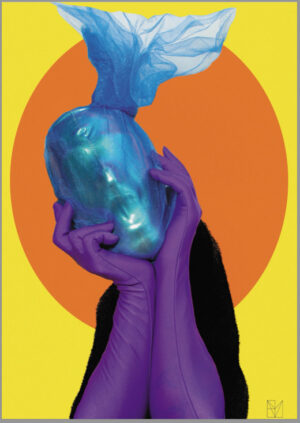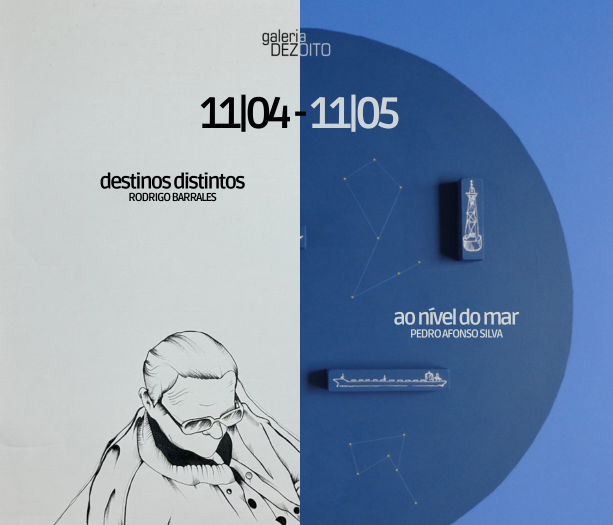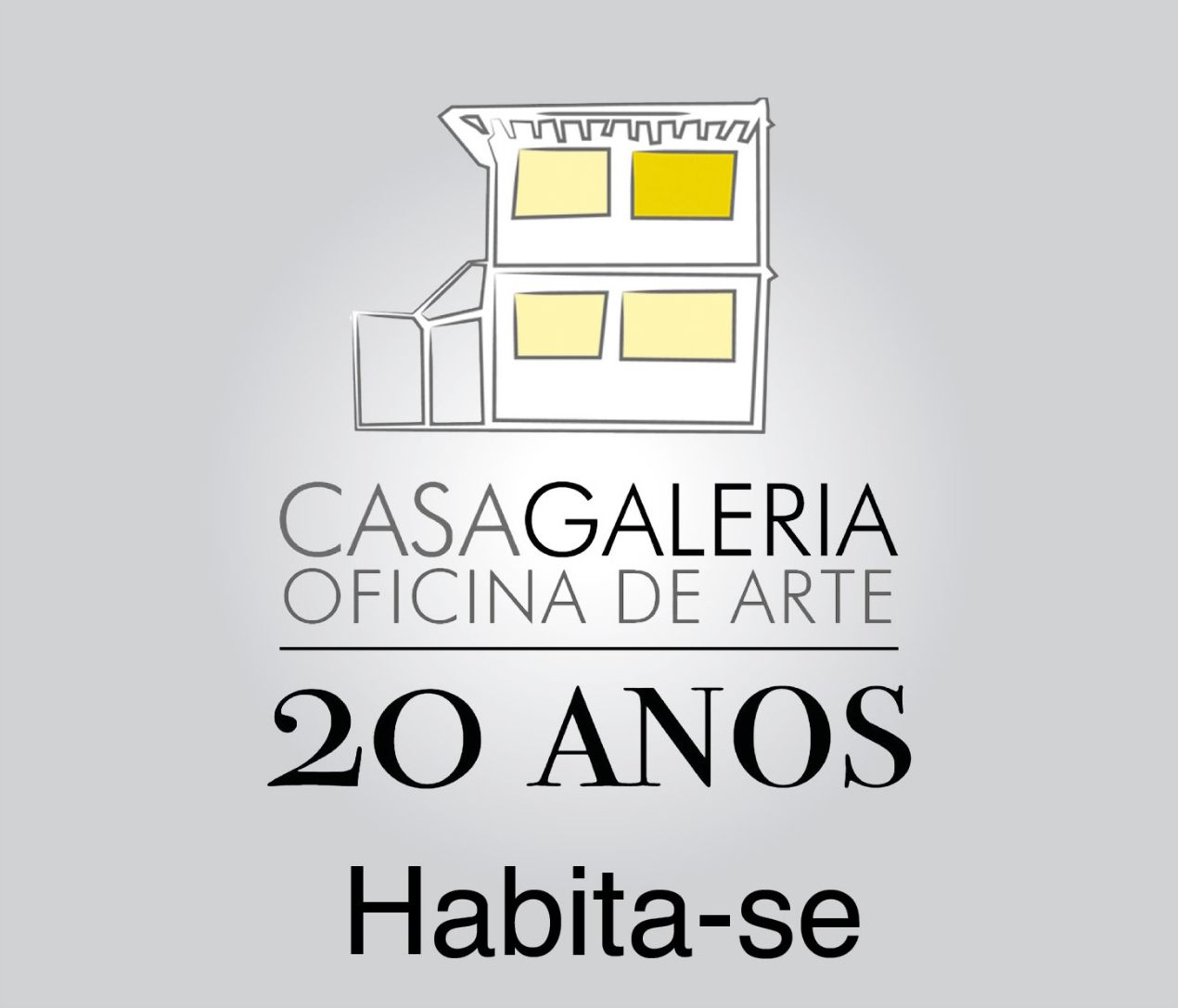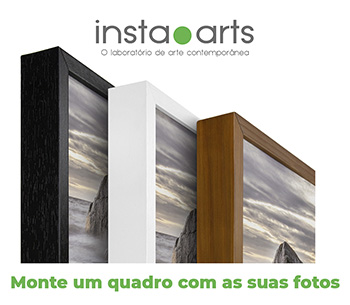Mira Schendel and the Brazilian contemporary art
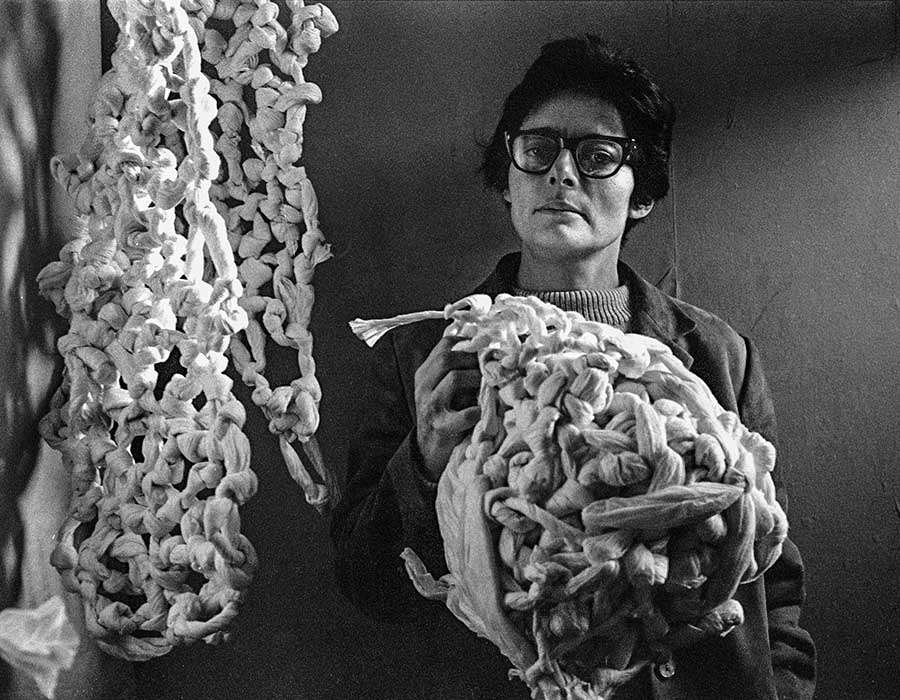
Mira Schendel (June 7, 1919 – July 24, 1988) was a Swiss plastic artist based in Brazil, today considered one of the exponents of Brazilian contemporary art.
Her father was Czechoslovak, from a Jewish family, while her mother was the daughter of a German and an Italian of Jewish origin, converted to Catholicism. Her parents separated when Mira was still a baby, and her mother remarried an Italian count.

In Milan, in the 1930s, he studied Philosophy at the Catholic University and, from 1936, he also attended art school. During World War II, he ends up dropping out of school. In 1941, he goes to Sofia, Bulgaria, fleeing Nazi persecution. She ends up in Sarajevo, Yugoslavia, where she marries Josip Hargesheimer in order to get permission to emigrate.
In the immediate post-war period, between 1946 and January 1949, the couple remained in Rome. Mira is considered a “displaced person”, in the jargon of the authorities, and works at the International Refugee Organization. At that time she was in correspondence with the theologian Ferdinando Tartaglia.
Finally, he obtains permission to come to Brazil, arriving in Rio de Janeiro on January 12, 1949. He then settles in Porto Alegre. In addition to painting, she teaches painting and working with ceramics. He also studies and publishes poetry. She would sign his works with the surname Hargesheimer until 1953.
Obras em Destaque
Her early modern works are marked by a certain rigidity and aloofness, similar to Morandi’s still lifes in the mid-1950s. Haroldo de Campos, who was close to Mira, said in an interview with Sônia Salzstein that Mira “felt what Julio Cortázar called the ‘difficulty of being at all’: she felt somewhat exiled”.

Her participation in the 1st Bienal Internacional de São Paulo, in 1951, allowed her to have contact with international experiences and to enter the national scene. Two years later, in 1953, she moved to São Paulo, where she met the German bookseller Knut Schendel, who became the father of her only child and later her husband. Mira adopts the surname Schendel.
In the 1960s, she produced more than four thousand drawings using the monotype technique on rice paper. These are divided into subgroups, nicknames “lines”, “architectures (u-shaped lines), “letters” (alphabet and mathematical symbols) and “writings” (in various languages).
In 1966, after the presentation in London of her series Droguinhas, made with twisted rice paper, he met the philosopher and semiologist Max Bense (1910-1990), who contributed to one of her exhibitions and with whom he maintained correspondence until 1975. The acrylic pieces date back to 1968, when she produced works such as Objects Graphics and Toquinhos.

Between 1970 and 1971, she produced a set of 150 notebooks, divided into several series. In the 1980s, she produced the white and black temperas, Sarrafos, and started a series of paintings with brick dust.
After her death, many exhibitions present his work inside and outside Brazil. In 1994, the 22nd Bienal Internacional de São Paulo dedicated a special room to it. In 1997, art dealer Paulo Figueiredo donates a large number of the artist’s works to the Museum of Modern Art of São Paulo (MAM/SP) – in honor of his generosity, the museum decides to name one of its exhibition rooms, today Sala Paulo Figueiredo. The artist is represented in the following collections: MoMA (the first work was donated by Luisa Strina), Tate Modern in London, MAC-USP, Rio Art Museum (MAR, donations from Fundo Z), MAC-Niterói, Edson Queiroz Foundation in Fortaleza, among others.

